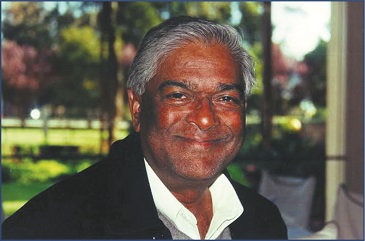'We need continued investment in R&D'
February 13, 2015 | Friday | Interviews | By BioSpectrum Bureau
'We need continued investment in R&D'
Dr Rajaram has cultivated more than 400 varieties of wheat
What the government should do to promote GM technology?
First of all, scientific community has to produce good and convincing data about the GM crops, that it is not harmful to humans, animals and environment and is beneficial. Once it is there, based on that, government can provide a legislation for the promotion of GM technology. I do believe that the data is available perhaps not in India but elsewhere, this has to be additionally conducted each year on any GM crop, whether it is harmful to beneficial insects and environment and that would be the basis for the government to provide legislative support, so that it can go ahead.
What are the three steps that government must take to support agri-biotech in the country?
First, have well-supported research and development (R&D) at the ground level. Second would be to encourage Indian private companies and the public institutions to work together, biotech projects has to be together and third would be to provide positive and effective legislation so that it goes to the farmers.
You mentioned earlier, that the global food demand to increase three-fold by 2050. What role India can play to increase food productivity in the world?
We need continued investment in the R&D and broad emergence of private companies in all parts of the country, so that they are participating in the development of technology and taking it to the famers. We also need good training of farmers and some degree of subsidy for the advanced technology and we need marketing structures.
Of the 200 wheat varieties which you have cultivated, which one is the most popular and largest growing?
There are actually 400 varieties of wheat. Few of them have been very popular, they had been grown all the way from India to Morocco, but the magic is that one variety is not cultivated at all the places because if the disease breaks down at one place, it breaks like fire. So, what we provided was multitudes of variety for the diversity of wheat agriculture which was not there before and I think that was my biggest contribution in this area. With the new varietal base and the technology we provided 200 million additional metric tons worldwide, large part of that in India, in the northern wheat belt.
Any last comment.
I would to like to see 10-15 percent increase in Indian crop production in the next ten years and also that good prizes are given to farmers.










